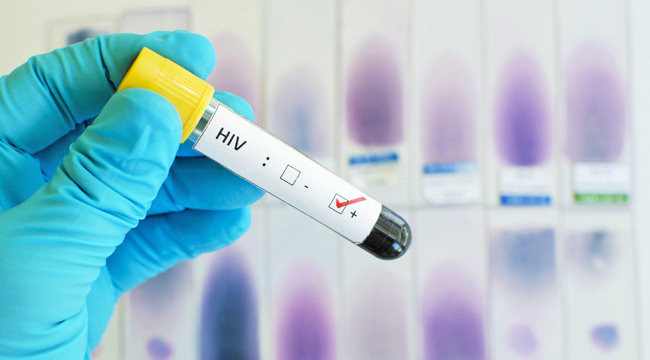
In the year 2016, most HIV-related research involves digging for a cure to the virus. However, a new study — based upon stored blood samples — from the Nature journal (and detailed by the New York Times) holds a different goal. This research concludes that the previously accepted and so-called “Patient Zero” wasn’t responsible for bringing the disease into the country.
A French Canadian flight attendant named Gaetan Dugas, who passed away in 1984, was thought to have spread the disease to hundreds of other men after acquiring the virus in either Haiti or Africa. However, the study revealed how Dugas’ blood carried a strain of the disease that was already present in New York in the early 1970s, long before he appeared on the local club scene. Further, the strain that presents in most AIDS cases was brought “from Zaire to Haiti around 1967, spread from there to New York City around 1971.” And then it made its way to San Francisco five years later.
Researchers also never originally referred to Dugas as Patient Zero:
Mr. Dugas was not even called Patient Zero — in an early epidemiological study of cases, he was designated Patient O, for “outside Southern California,” where the study began. The ambiguous circular symbol on a chart was later read as a zero, stoking the notion that blame for the epidemic could be placed on one man.
Myths like that of Patient Zero echo in prevention efforts even today, experts said. Many vulnerable groups, including young gay men and African women, fail to use protective drugs or avoid testing because they fear being stigmatized or accused of being carriers.
Indeed, the notion of being branded as a Patient Zero could actually promote the spread of the disease in question. But the study moves along further to quote Dr. Anthony S. Fauci, who admits the fallacy was also based upon not understanding how common the virus already was in Africa. Over in Haiti, the virus could have easily spread due to unhygienic practices at a plasma bank, which transported clotting factors to New York to treat hemophiliacs.
Further, study co-author Dr. Harold W. Jaffe revealed how Patient Zero didn’t exist as a term back in the 1980s at all. Jaffe insists that he told reporters that Dugas was not the first person to bring HIV to America, but “I think they went with it anyway. The idea of Patient Zero was very attractive. Letter O would not be a story.” Ultimately, the study hopes to “humanize” Dugas and end the impact of the Patient Zero term. This, in turn, could encourage more people to get tested for HIV. As Dr. Robert M. Grant states, “Just because you are the first to be diagnosed doesn’t mean you started the epidemic.”
(Via New York Times & Nature)
